For Education Leaders
Get proven strategies and expert analysis from the host of the Learning Can't Wait podcast, delivered straight to your inbox.
Virtual Staffing
Fill Teacher Vacancies in Days
- State-certified experts averaging 15+ years experience
- Fully aligned to your curriculum & standards
- Scalable, cost-effective hybrid solutions
Personalized Learning: A Path to Empowering Rural Students
.avif)
Nearly 20% of all U.S. K-12 public school students are educated in rural school districts. These districts, often small and underfunded, face unique challenges that urban and suburban schools don't. Whether it’s a school district in Tennessee serving 2000 students, a single-room schoolhouse in Montana with barely a dozen students, or a school in Alaska whose students’ experiences differ dramatically from that of their peers in the lower 48 states, one common thread emerges: the crucial role of community support in student success.
Ready to unlock the full potential of your rural school district through personalized learning and strategic technology integration? Schedule your free consultation today and discover how Fullmind can help your students achieve academic success and build lasting confidence.
Key Takeaways
- Community Support is Crucial: Strong community involvement can help overcome many challenges faced by rural schools, from budget constraints to transportation issues.
- Technology as a Bridge: Distance learning and tutoring technologies can significantly enhance educational opportunities for rural students, offering access to advanced coursework and personalized support.
- Innovative Solutions: Repurposing school facilities for community use can foster stronger community ties and support for educational initiatives.
- Success through Personalized Learning: Programs like Fullmind demonstrate that personalized online tutoring can dramatically improve academic performance and student confidence in rural districts.
Nearly 20% of all U.S. K-12 public school students are educated in rural school districts. These districts, often small and underfunded, face unique challenges that urban and suburban schools don't. Whether it’s a school district in Tennessee serving 2000 students, a single-room schoolhouse in Montana with barely a dozen students, or a school in Alaska whose students’ experiences differ dramatically from that of their peers in the lower 48 states, one common thread emerges: the crucial role of community support in student success.
Challenges of Rural Education
Rural schools often struggle with budget constraints, transportation issues, and staffing shortages. For example, the average salary for teachers in rural districts is around $44,000, making it tough to attract and retain quality educators. Jackie Beyer, an educator from northwestern Montana, highlights the limitations faced by her small high school, which could only offer Spanish, and even then, the teacher could only work part-time.
Transportation poses another major challenge for rural students. In some districts, high school students face commutes of 45 minutes to an hour, making it hard to participate in extracurricular activities or receive extra academic help. This long-distance travel not only affects students' daily routines but also limits their engagement with the school community and access to leadership opportunities. In contrast, urban and suburban students often take for granted their proximity to schools and the variety of opportunities available to them.
Breaking the Poverty Cycle in Rural Areas
Geographical isolation also exacerbates the poverty gap in rural areas. High-performing students may struggle to accumulate enough credits in Advanced Placement (AP) or other advanced courses to compete for college admissions. Many of these students would be the first in their family to attend college, and without adequate mentoring resources, navigating the college preparatory path becomes even more daunting. This lack of opportunity contributes to an ongoing cycle of poverty and limited prospects in many rural communities.
The Role of Technology in Rural Education
However, distance learning technology is proving to be a game changer. Jackie Beyer advocates for the transformative power of tutoring technology in rural schools. She believes that building confidence in core skills through personalized online tutoring can help students succeed beyond secondary education. For instance, distance learning can bridge gaps in advanced coursework and offer additional language learning opportunities.
While distance learning offers a wealth of opportunities, implementing this technology in rural areas comes with its own set of challenges. Many rural districts struggle with outdated infrastructure and limited access to high-speed internet, particularly in lower-income areas. One innovative solution is to repurpose school facilities as community centers, fostering greater community involvement and support for the schools. This approach not only updates technology but also brings the community together, creating a more supportive environment for students.
Success Stories with Fullmind in Rural School Districts
In Alaska's Lower Kuskokwim School District, Alex Bernard, GEAR UP Program Director, tackled significant educational challenges with the help of Fullmind. The district, predominantly composed of Yupik Eskimo students, faced a mere 5% proficiency in math. By partnering with Fullmind, the district introduced a tech-based tutoring program that yielded impressive results.
Seventy-eight students participated in a six-week Fullmind tutoring program, resulting in an average gain of three months of school-year learning. Students improved their Grade Level Equivalency (GLE) significantly, demonstrating the potential of personalized online tutoring. Beyond academic gains, students enjoyed interacting with tutors outside their community, enriching their educational experience and building stable mentoring relationships.
The Role of Community and Technology in Rural Education
The integration of technology in education cannot be overstated, especially in rural areas. Advances in tutoring technology have provided improved learning outcomes by opening up opportunities in additional subjects, offering extra help, and exposing students to new experiences. This progress is achieved while working within the limitations of many rural schools. As Alex Bernard from Alaska points out, Fullmind's experienced educators provided consistency and quality education without the need for additional on-site training, making it a practical choice for their district's limited budget and vast geography.
By repurposing school facilities for community events, rural districts can foster stronger community ties and gain more support for educational initiatives. Older, retired community members in some rural areas have become more invested in their local schools by participating in community events held in school facilities. This increased involvement has translated into greater support for budget initiatives and other school-related issues.
The Future of Rural Education
Looking ahead, the role of technology in education will continue to grow, especially in rural areas. Distance learning, blended learning, and the repurposing of school buildings as community centers will become more common practices. These approaches not only enhance educational outcomes but also address broader community needs, such as adult literacy and career skill-building.
Fullmind's live, synchronous sessions with certified teachers provide individualized instruction across all grade levels and subjects. By targeting instructional gaps and offering a broad range of courses, Fullmind empowers both struggling and gifted students to achieve their full potential. Through innovative solutions and strong community ties, the future of rural education looks brighter than ever.
For Education Leaders
Get proven strategies and expert analysis from the host of the Learning Can't Wait podcast, delivered straight to your inbox.
Let’s Work Together
We’ll review your application and get in touch!




.webp)

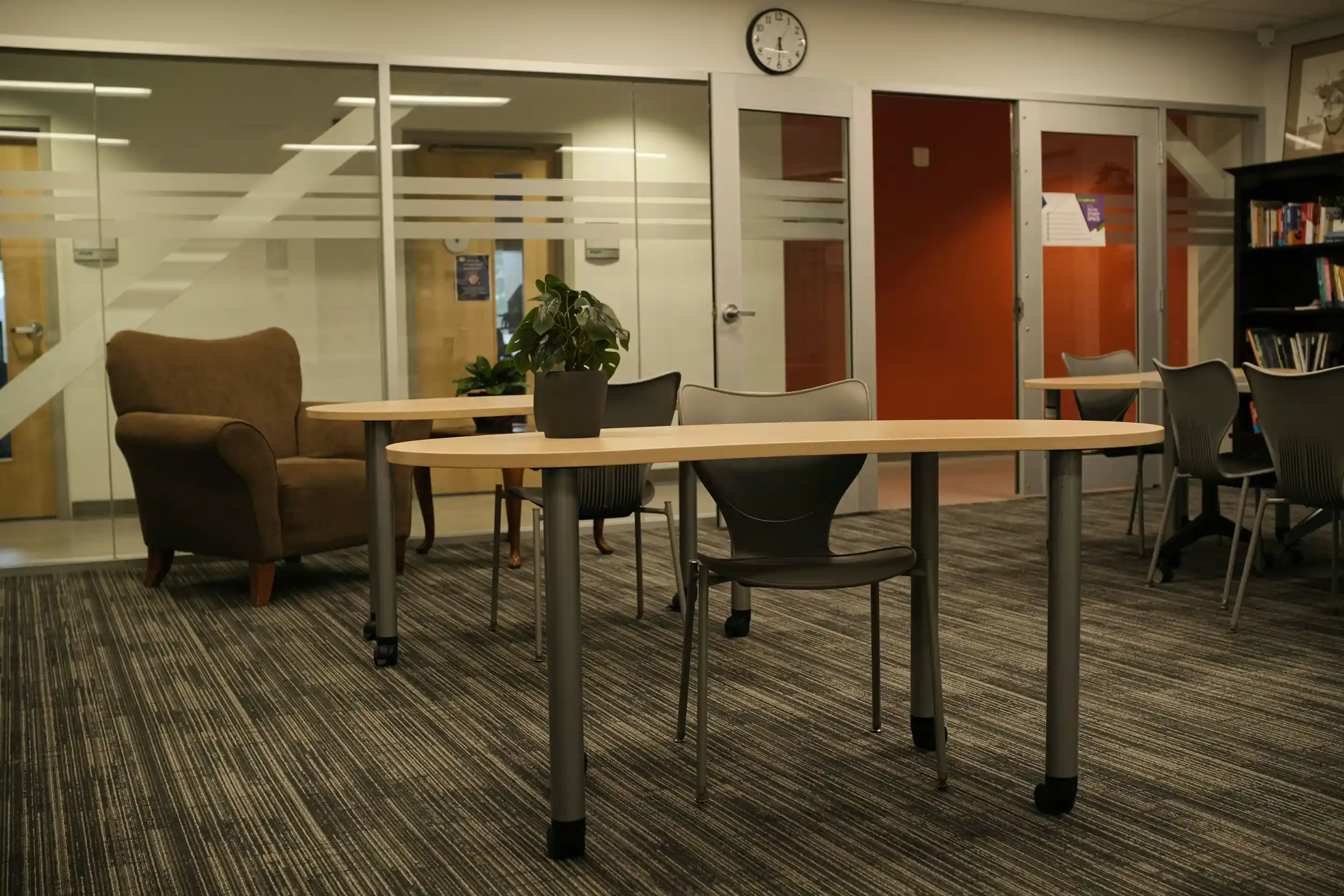
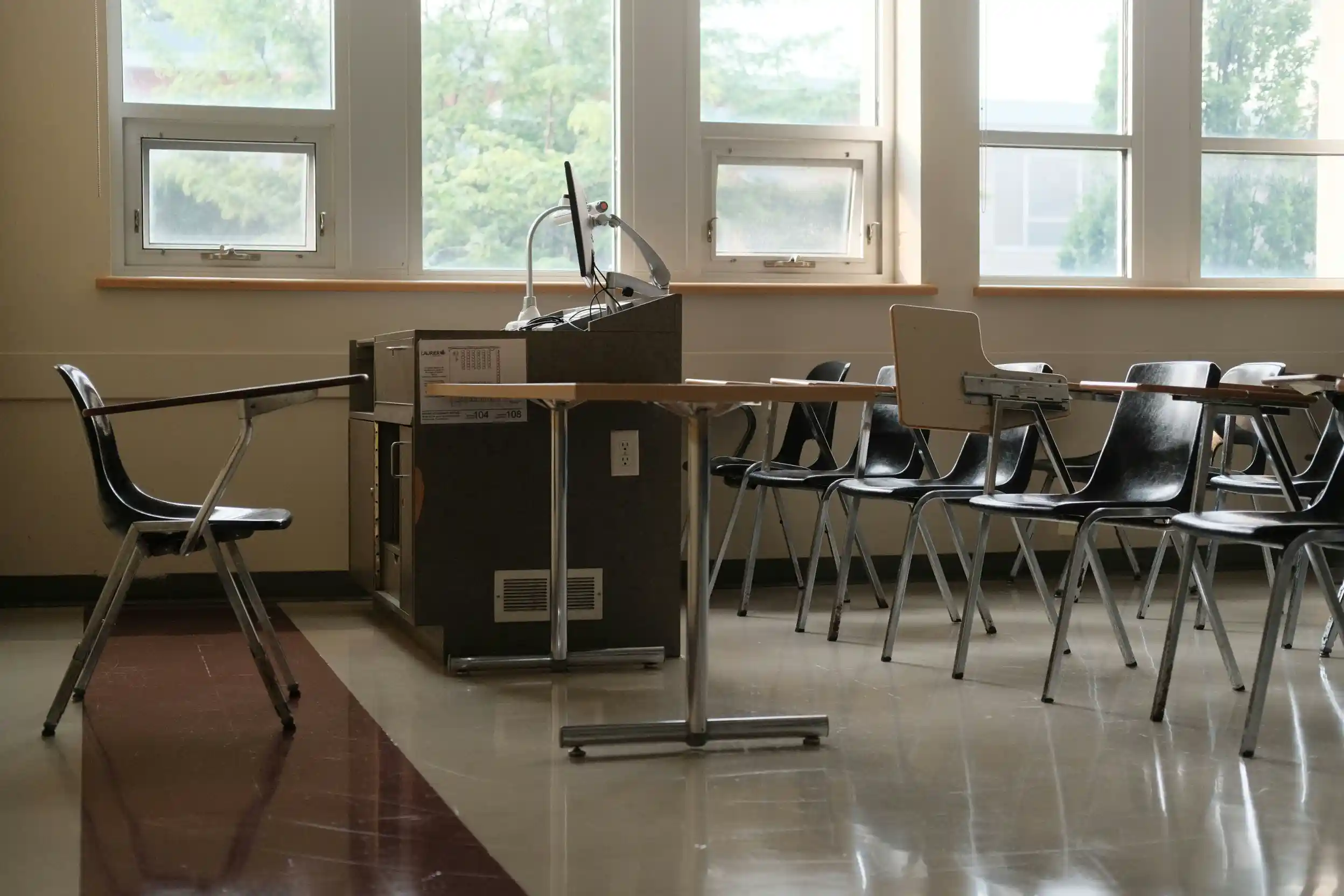

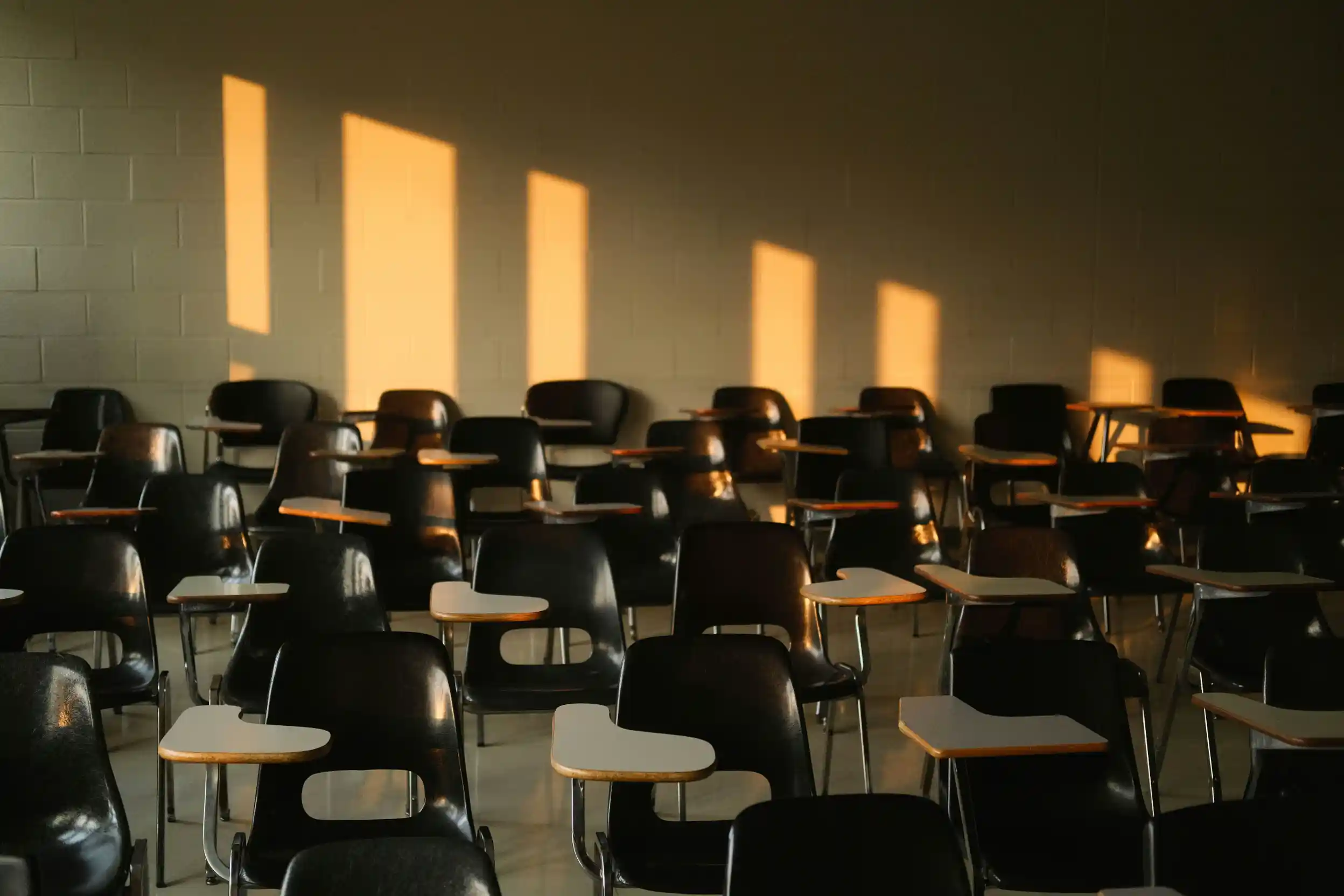
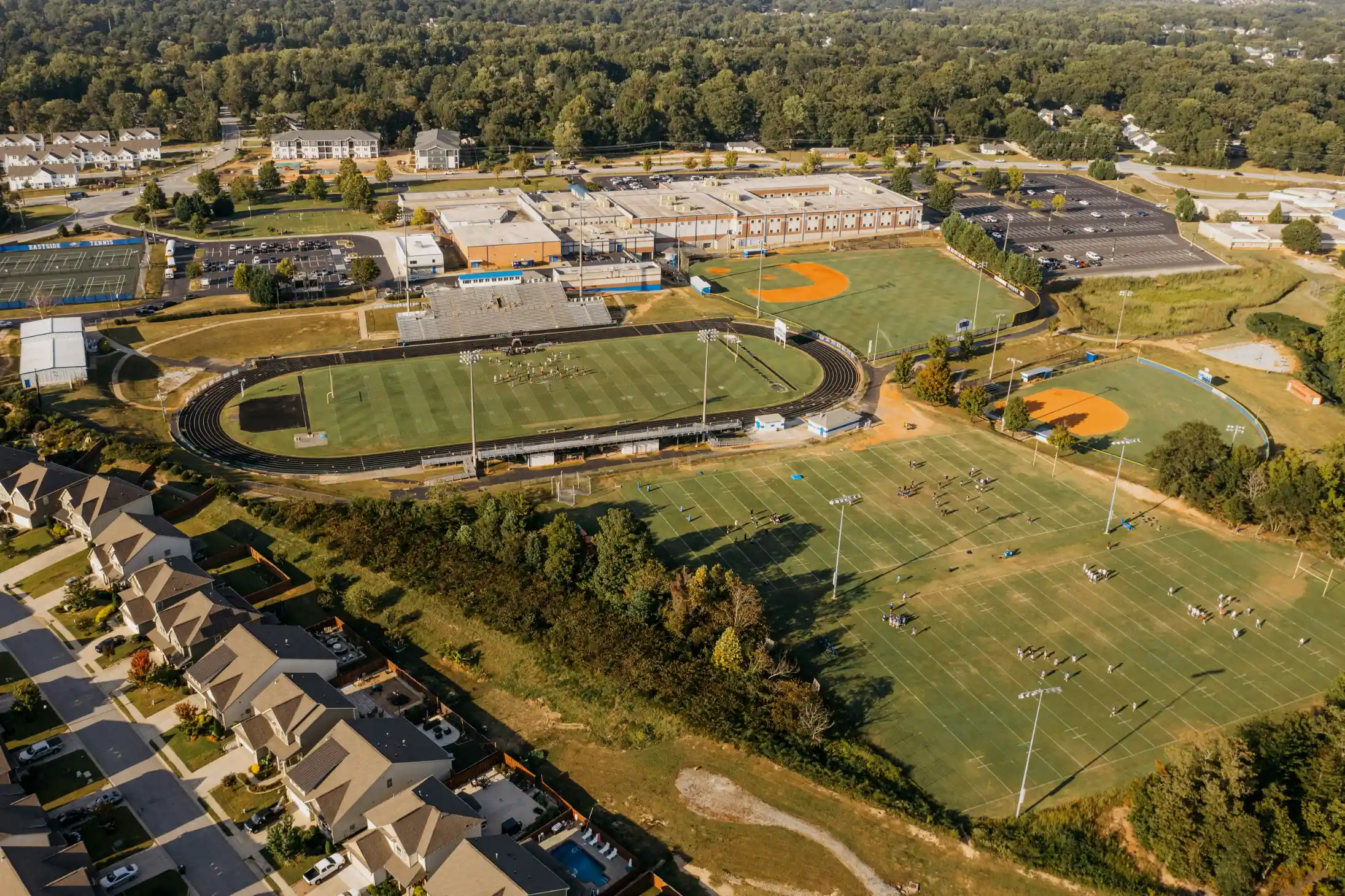





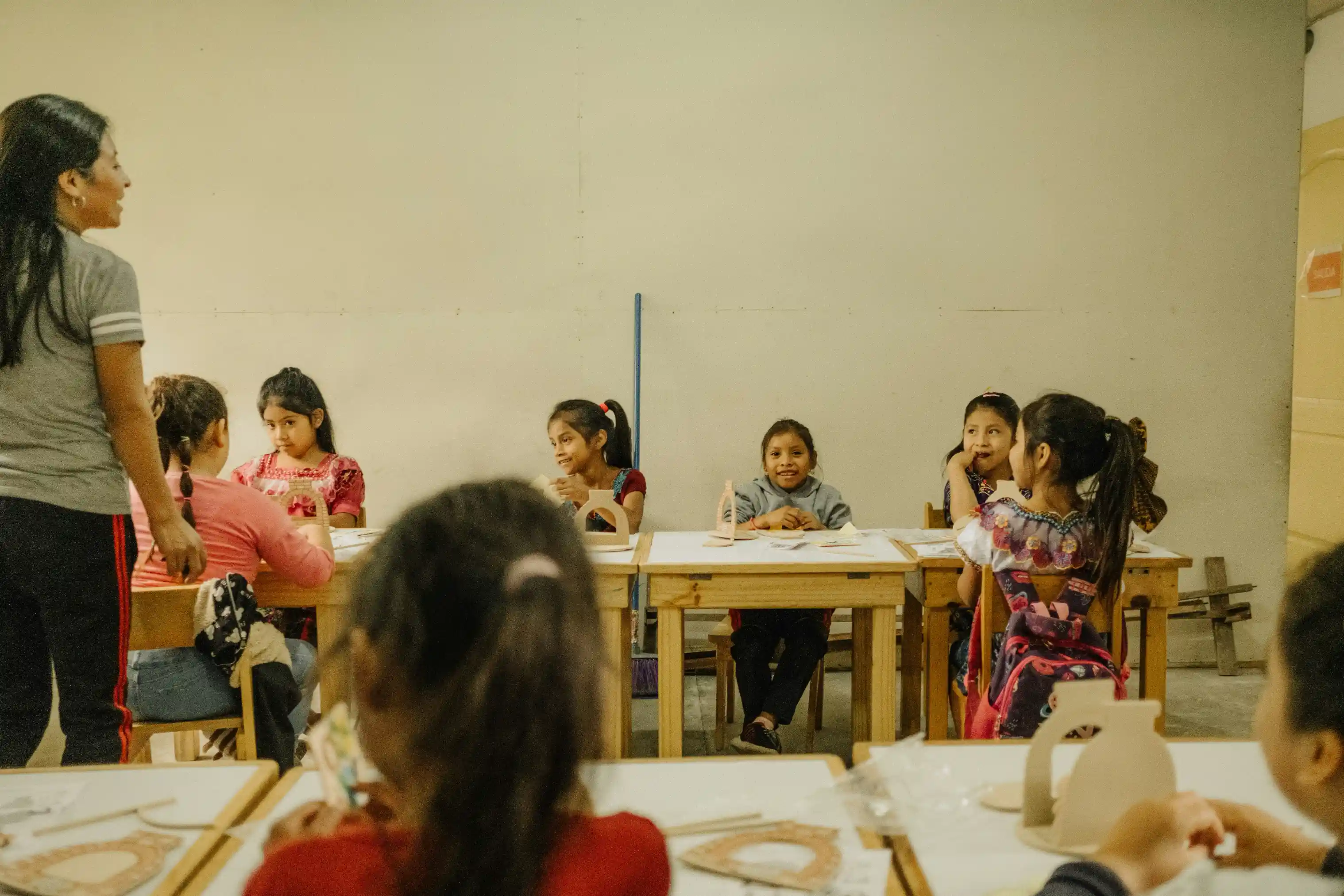

.webp)

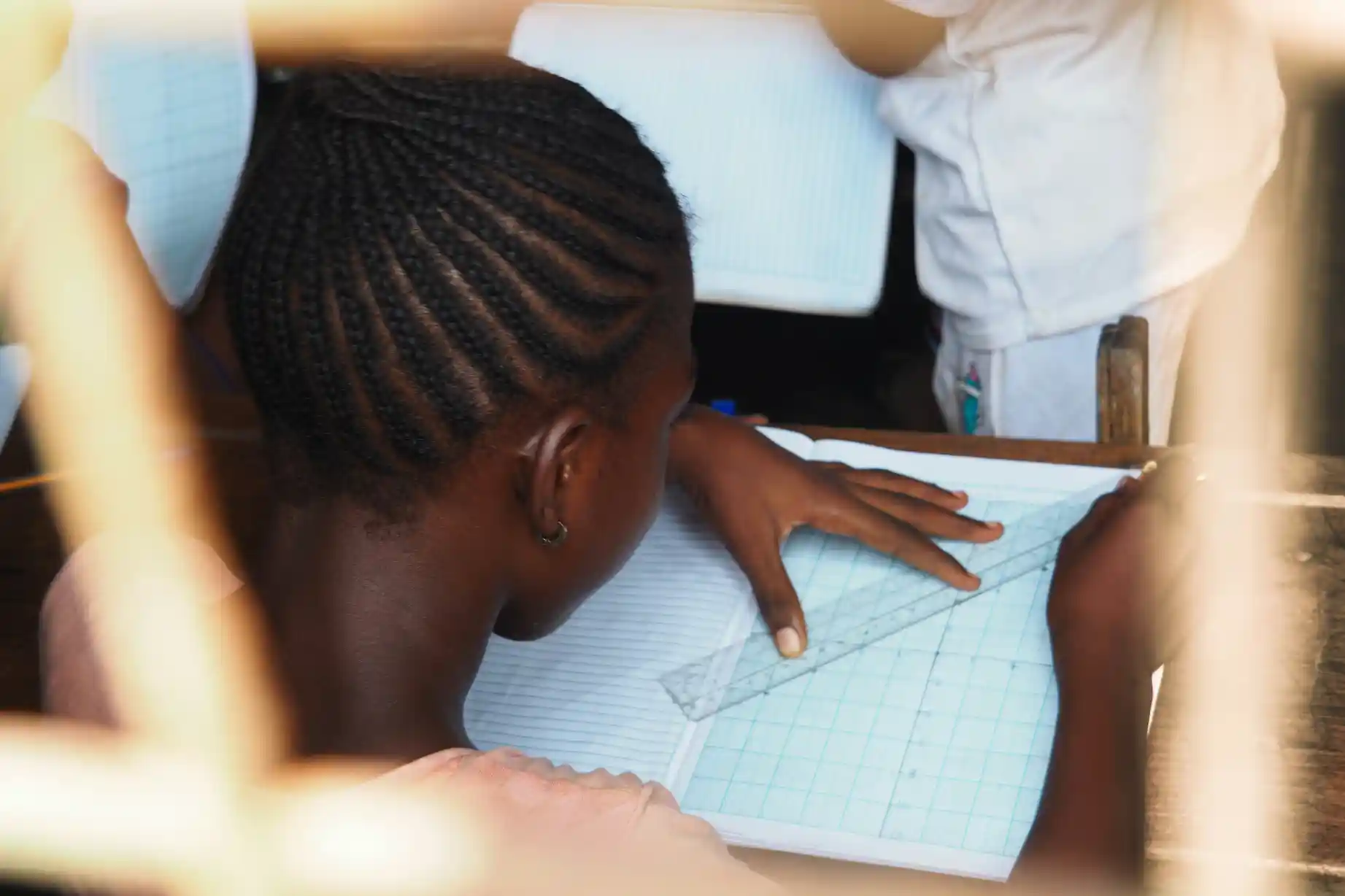













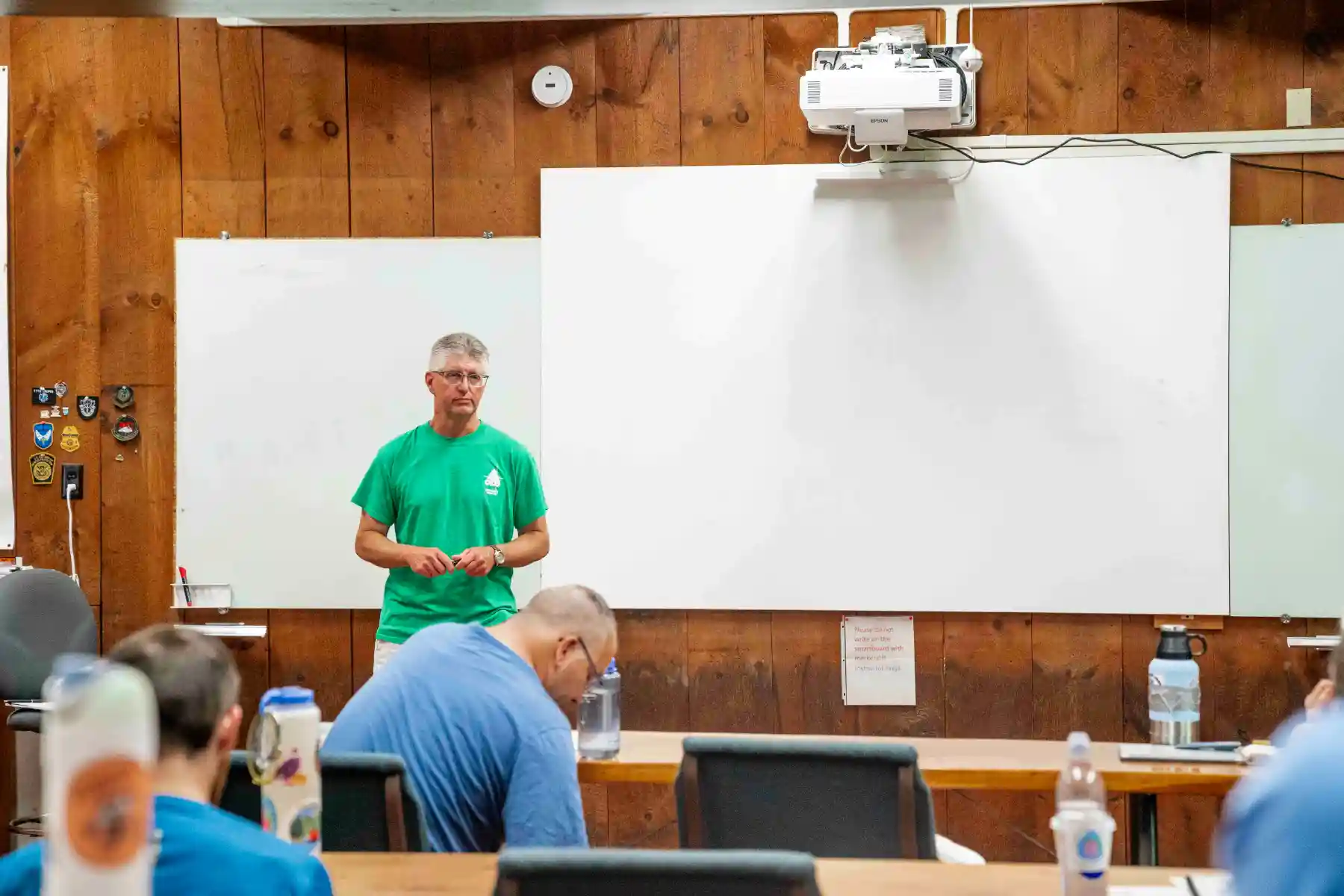




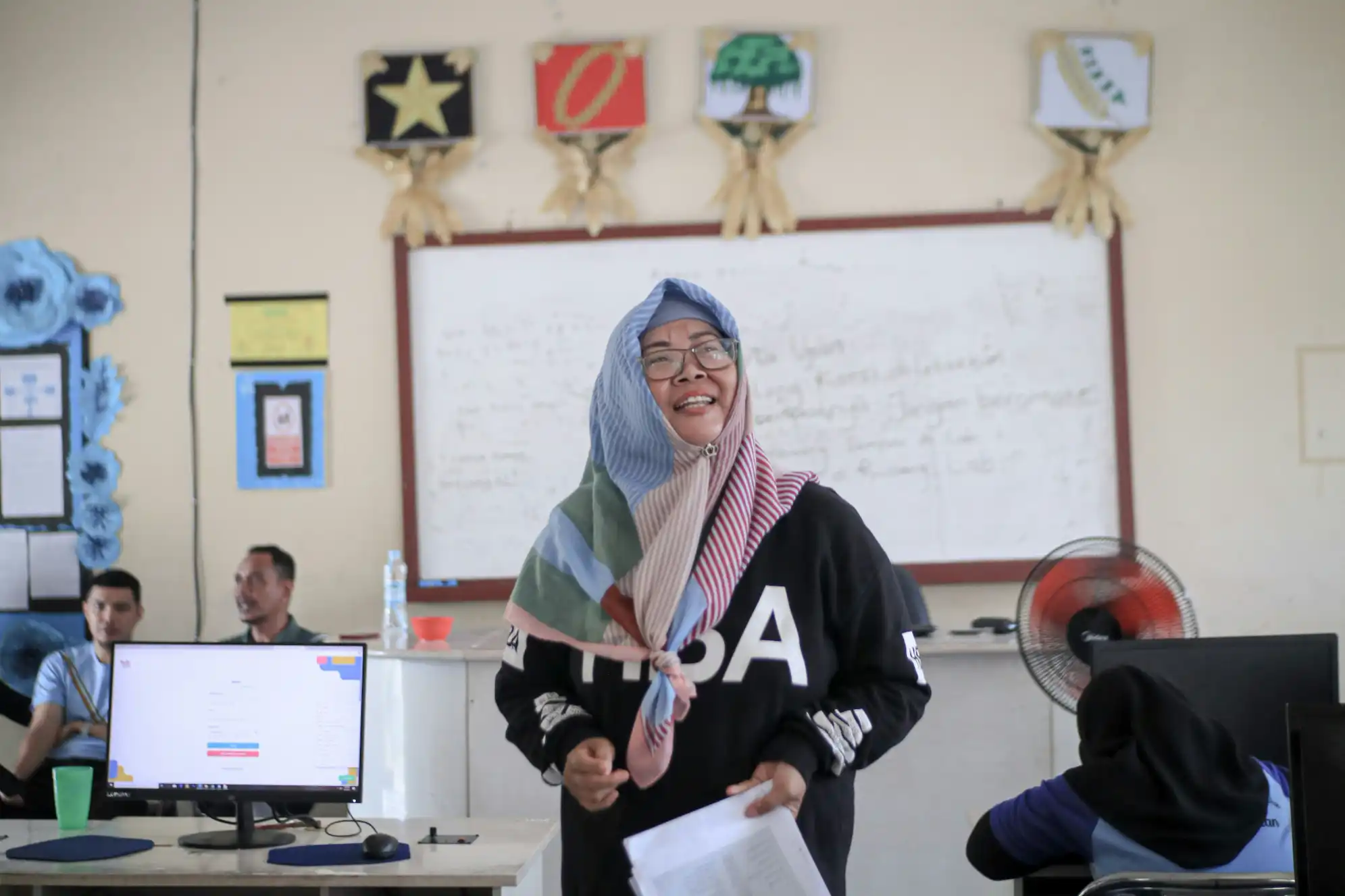





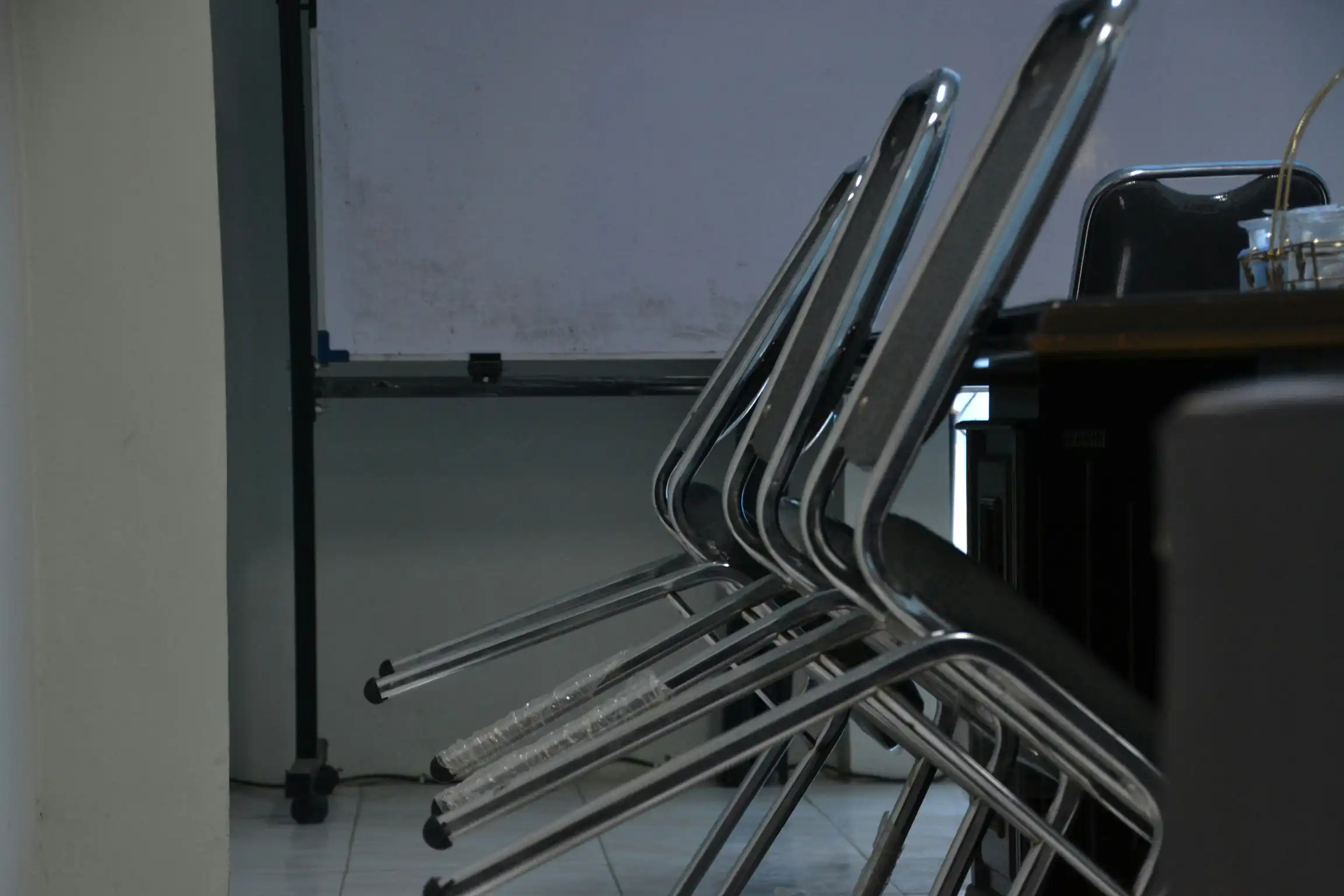
.webp)



%20.webp)



















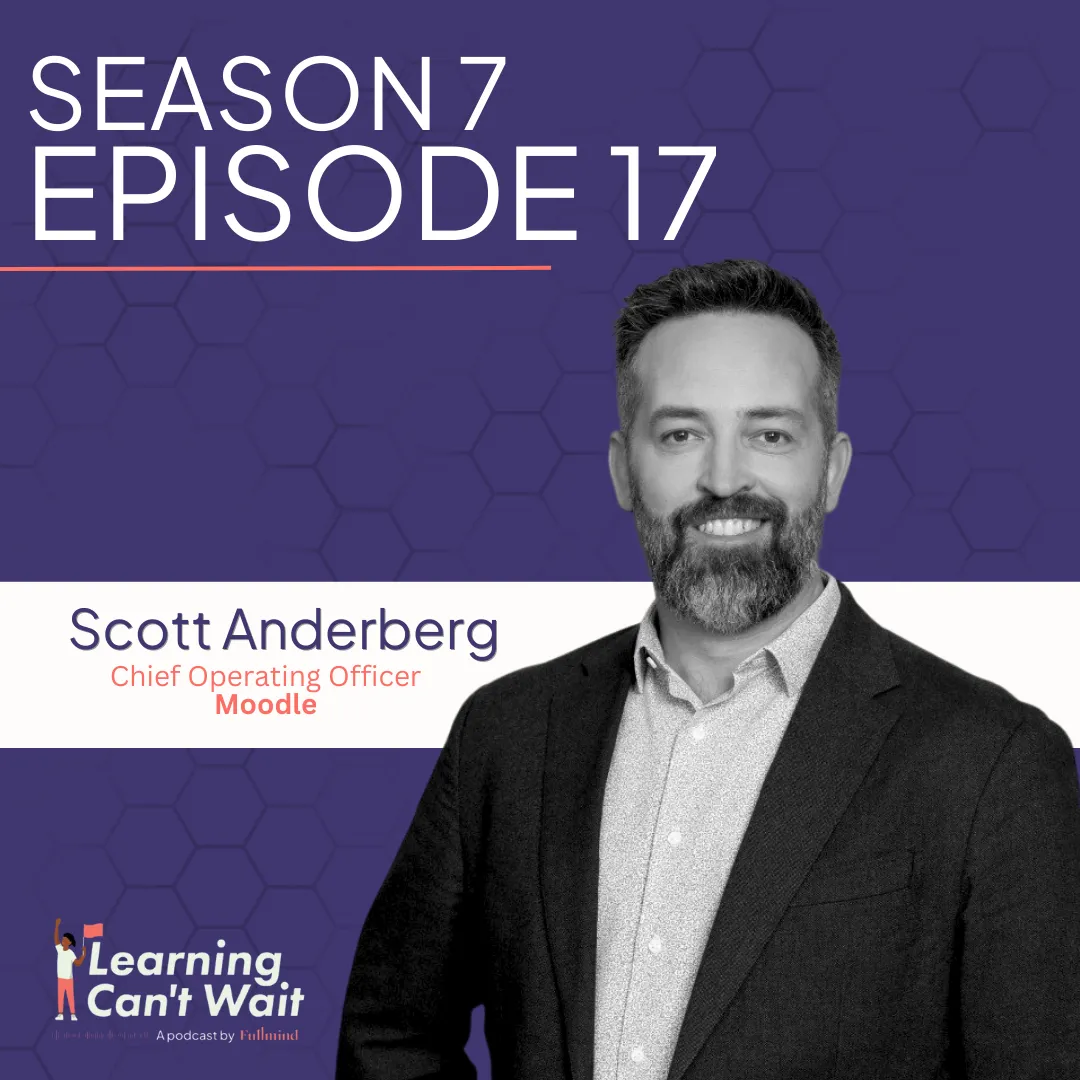
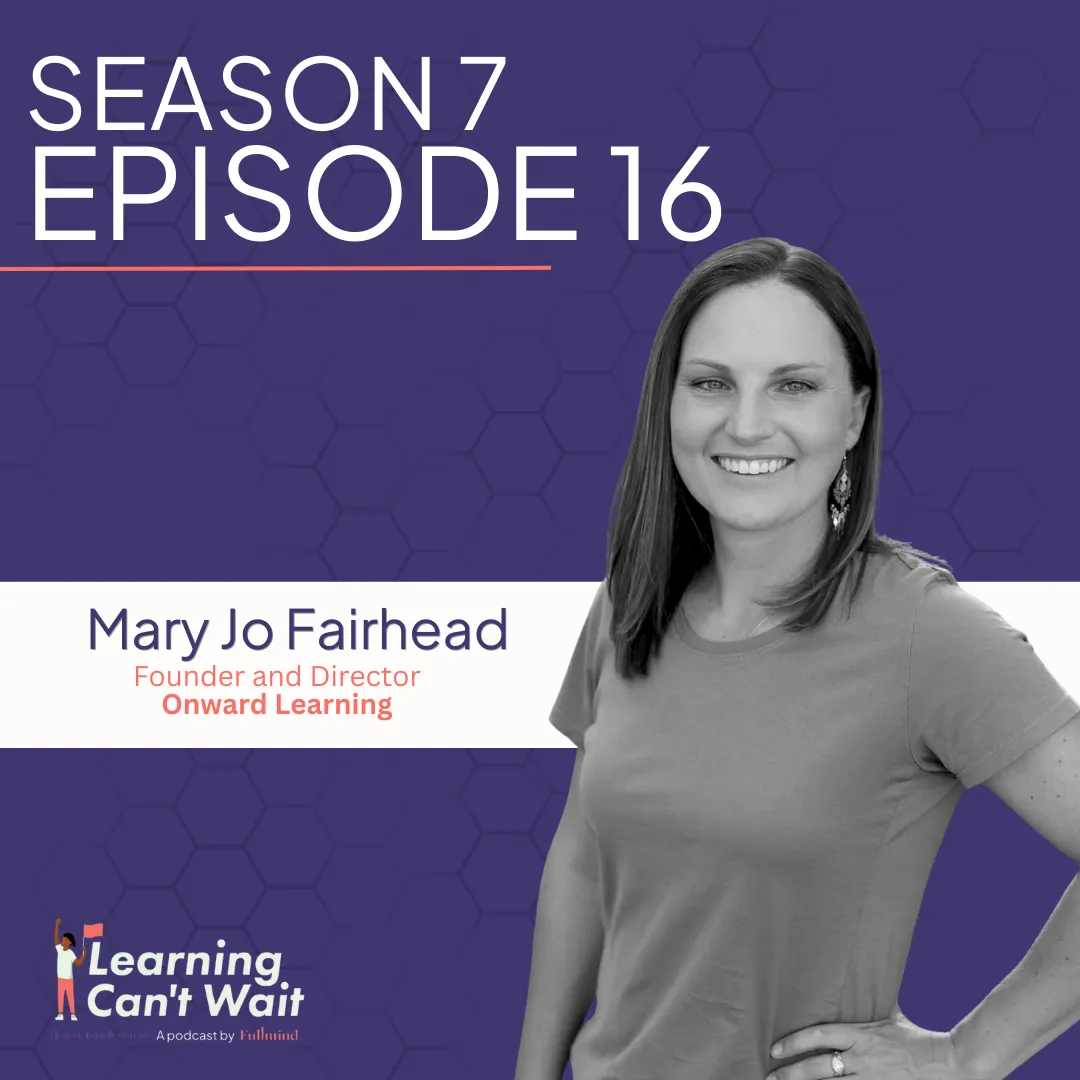














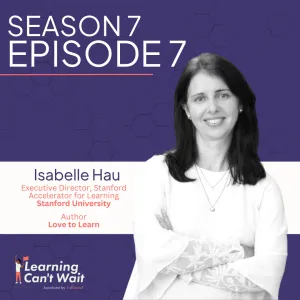

.webp)
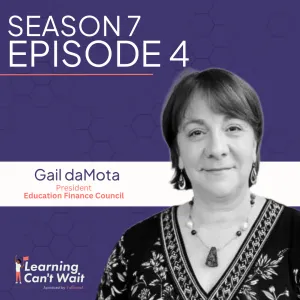



.webp)


.webp)


.webp)